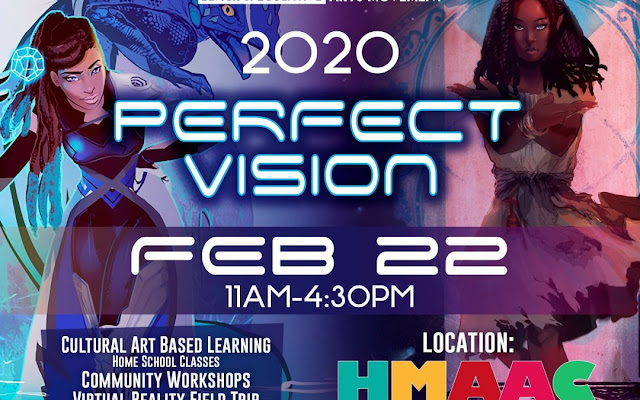Black Speculative Art can be understood as an imaginative, aesthetic practice that brings together all the black dispersal worldwide with science or technology and seeks to interpret, engage, design, or alter reality for the re-imagination of the past, the contested present, and to act as a catalyst for the future. Afrofuturism is a term that is said to be coined by Mark Dery in the essay “Black to the future” in 1994. However, it had been born within the minds of thousands of enslaved Africans passing the horrific middle passage while saying prayers for the lives of their descendants. These people dreamt of a society completely which was without both physical and social bondage of oppression. These were the first Afrofuturism, and they brought to life what we know as the definition today.
In the earlier times, blacks were humiliated because of their color they were made to indulge in inhumane activities such as slave trade, were projected to torture, were made to work for the white as whites were considered supreme in the race. Black speculative is a response to the atrocities done on the blacks by different civilizations. It is a revolution against white supremacist global hegemony.
Dr. Martin Luther King Jr. wrote his final book with the title “Where do we go from, here ?" in which he recommended a number of hardships, planning, and answers intended to deal with the legacy and potential of blacks living in America. Afrofuturism is a form of black speculative art and asks the same type of question. The slight difference being it adds imaginary objects like spaceships, time travel, the supernatural, and many more to wholly examine the fundamental nature of the identity of blacks.
According to some Afrofuturism is considered to be a recent concept, but the reality is that it existed for a very long time and is only the most recent description that has been given to the thoughts regarding black speculative art.
Current thought in the American African Diaspora traces its origins to the mid-19th century and early 20th-century proto-Black speculative works of Martin Delany, Pauline Hopkins, W.E.B. Dubois, and others. The Black Speculative tradition emerged out of the nexus of the economic revolution, scientific racism, and therefore the transnational Western and Arab slave trade.
Reasons for the recent uprise of this concept:
Black Speculative Art Movement is a loose umbrella term that represents different positions or basis of inquiry: Afrofuturism 2.0 and its several Africanist manifestations, i.e. Black Quantum Futurism, African Futurism, Astro Blackness, Afro-Surrealism, Afro-Pessimism, Ethno Gothic, Black Digital Humanities, Black which is also Afro-future female or African Centered Science Fiction. Although these positions could also be incompatible in some instances, they overlap around the term speculative art and style and interact around the nexus of technology and ethics.
The current popularity of Afrofuturism can be credited to its progression through the lenses of the Black Panther narrative. The comic character of T’Challa, the Black Panther, was developed by comic artist Jack Kirby within the Sixties, during the Vietnam war, the African Independence struggle, and therefore the Black Power and the Black Arts movement. Incorporating in it the elements of magic and science, the Black Panther emerged as a figure who would interact with other heroes such as The Avengers or the X-men and was regarded as the first archetypical figure of Afrofuturism in the comic medium and film.
Here is a list of some films based on black speculative art
- Space is the place by john Coney, sun ra, 1974,
- Get out by Jordan Peele, 2017,
- Us by Jordan Peele, 2019,
- Random acts of flyness by Terence Nance, Mariama Diallo, Darius Clark Monroe, Frances Bodomo, 2018,
- Lovecraft country by Yann Demange, Daniel Sackheim, Cheryl Dunye, 2020
- Candyman by Bernard Rose, 1992
- Coming to America by john Landis, 1988
Artivism art community is a company dedicated to work for the upliftment and perseverance of black culture through art. Thinking about learning more about the black culture and black stipulative art, here we are. Do visit us at https://artivismcommunityart.com/

Comments
Post a Comment